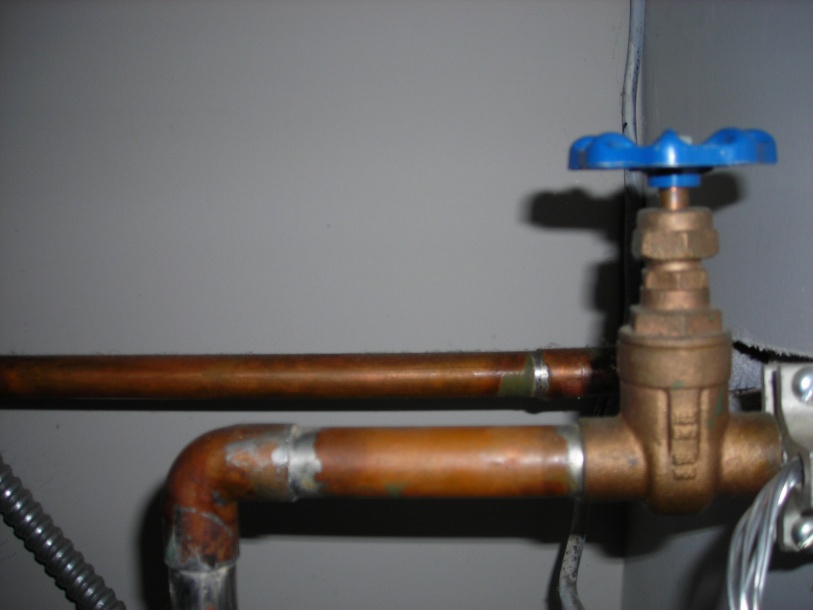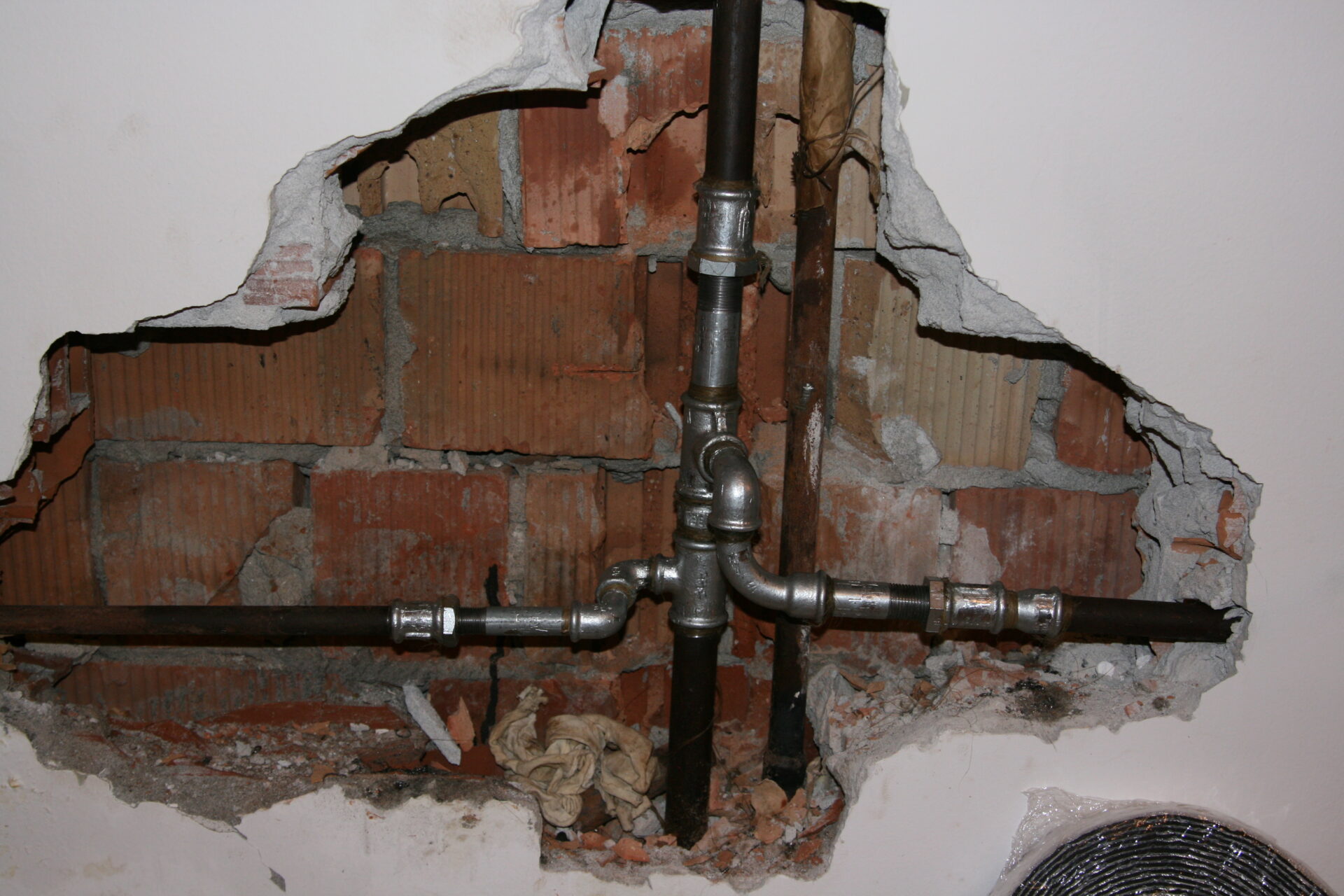Presented here below you can get lots of good quality points regarding Plumbing Issues in Older Properties and How to Fix Them.

Older homes often feature appeal, personality, and background, however they can also bring a host of pipes issues. Whether you're dealing with aging pipes, low tide stress, or leaks, recognizing just how to attend to these typical problems is crucial to preserving a safe and practical home. In this guide, we'll explore the common pipes difficulties dealt with by older homes and provide sensible services to maintain your plumbing in leading shape.
Recognizing Common Plumbing Concerns
Aging Pipes
Among the most typical issues in older homes is aging pipelines. Depending on the age in which your home was built, the pipes could be made from materials that have worn away over time, such as galvanized steel, cast iron, and even lead. These materials can wear away, become fragile, or establish leakages, leading to water damage and potential health hazards.
Low Water Stress
If you're experiencing low tide stress, it could be because of mineral deposits, rust inside the pipelines, or old components that are no more functioning effectively. This can be a significant hassle, particularly in locations like showers and sinks.
Dripping Pipelines
Leaks are another regular concern in older homes, often triggered by corroded or damaged pipes. Even little leaks can result in considerable water damages, mold and mildew development, and increased water bills otherwise dealt with promptly.
Out-of-date Fixtures
Obsolete pipes fixtures such as faucets, bathrooms, and showerheads not just look old yet might additionally be less effective, prone to leakages, or inappropriate with modern-day pipes criteria.
Pipe Corrosion
Corrosion is a common problem in older pipes, particularly those made from galvanized steel or cast iron. Corroded pipes can restrict water circulation, create staining, and at some point cause leaks or pipeline ruptureds.
Examining the Problem of Your Plumbing
Examining Visible Pipes
Start by inspecting any noticeable pipelines in your house, such as those in basements, crawl spaces, or under sinks. Try to find indications of rust, leaks, or corrosion, which can show underlying problems.
Checking for Leaks
Check for leaks by examining areas around taps, bathrooms, and under sinks. You can likewise monitor your water meter before and after a duration of no water make use of to find concealed leaks.
Water Top Quality Testing
Older pipelines can impact the high quality of your water. Conduct a water high quality test to look for pollutants such as lead, rust, or other contaminations that may be introduced by aging pipes.
Solutions for Usual Pipes Issues
Changing Aging Pipelines
If your home has old, weakening pipelines, think about replacing them with modern products like copper or PEX. This can be a significant financial investment, but it will avoid future issues and improve the safety and security and dependability of your pipes system.
Taking Care Of Low Water Stress
To fix low tide pressure, begin by cleansing or replacing old fixtures and getting rid of mineral build-up in the pipes. If the trouble continues, it might be required to replace areas of corroded pipelines.
Repairing and Changing Dripping Pipes
For tiny leaks, you can utilize pipe clamps or epoxy putty as a short-lived repair. Nonetheless, it's best to change dripping pipes entirely to prevent more damage.
Upgrading Components
Updating old components to modern, water-efficient versions can improve your home's plumbing efficiency and reduce water usage. Seek components with the WaterSense tag for the best effectiveness.
Managing Pipe Rust
If your pipelines are rusted, replacing them with corrosion-resistant materials like copper, PVC, or PEX is the most effective solution. Routine assessments and water top quality upkeep can aid prevent even more corrosion.
When to Call an Expert
While some pipes issues can be taken care of with do it yourself solutions, there are times when it's finest to call a professional. If you're handling major leakages, extensive corrosion, or are uncertain regarding the condition of your pipelines, a qualified plumber can give expert assessment and repair work.
Preventive Maintenance Tips
Routine Assessments
Consistently examine your plumbing system for signs of wear and tear. Catching issues early can avoid costly repair services down the line.
Water Stress Guideline
Guarantee your water pressure is within the suggested variety to avoid worrying your pipes and fixtures. A plumbing can set up a pressure regulator if required.
Water Top Quality Maintenance
Mount water filters or conditioners if your water top quality is poor. This can secure your pipes and fixtures from damage triggered by tough water or pollutants.
Proactive Pipe Replacement
If your home has very old pipelines, think about positive replacement prior to significant problems occur. This can save you from emergency fixings and water damages.
Final thought
Handling pipes concerns in older homes needs a combination of watchfulness, preventive upkeep, and timely upgrades. By comprehending the common challenges and knowing when to look for expert help, you can guarantee your pipes system remains practical and trustworthy for many years to come.
Common Plumbing Problems in Older Homes
Older homes have a ton of character from the antique brass faucets, clawfoot tubs, and colorful tile to the Dutch doors, transom windows, and archways, there s a lot to love. Unfortunately, that character often includes old plumbing that s past its prime and isn t fit to support modern appliances.
If you own an older home and are suspicious about strange noises (ghosts?), smells, leaks, or frequent clogs in your plumbing, it's possible that your home s old age is to blame.
Learn more about the most common old house plumbing problems, and what can be done to fix them!
What Are the Most Common Plumbing Problems in Old Houses?
Old, corroded piping. Most older pipes are made of material that corrodes and rusts more easily. Even if over the years some of that piping was replaced with better material, the rest may be damaged or repaired with lower-quality material. Though expensive, it may be the best option to re-pipe your plumbing especially if there s rust or lead in your water. Slow drains. This could be the result of many issues, but most likely because of pipe bellies. These are sags in your drainpipes that happen as your home settles and shifts downward over time, putting pressure on your pipes and creating negative slopes. This can restrict water from flowing correctly through them and result in slow drains. Frequent clogging. As you might expect, pipe bellies can also lead to frequent clogging. Another reason for clogging could be due to buildup over time, or blockages from sediment and root growth. Scheduling a drain inspection and drain unclogging service can eliminate this issue. Damaged or failing sewer lines. Old homes are more likely to have foundational shifts and tree root overgrowth. This can put a lot of pressure on and in your sewer lines, leading to damage. Another common reason for failed sewer lines is because of modern appliance upgrades. Newer appliances put more strain on sewer lines, and if your old pipes aren t equipped to handle this, it can result in damage. If you have any wastewater backup, slow drains, or soft spots in your yard, you may need sewer line replacement. Worn or outdated fixtures. Plumbing fixtures old or new aren t built to last forever. Even if your fixtures seem like they re working well, it s best to check the wear on any internal parts. Minor wear and tear over time can lead to more costly leaks and plumbing issues. Our experts can perform a plumbing inspection for any part of your home s plumbing. Improper installations or repairs. Whether your plumbing was installed a hundred years ago, installed incorrectly, repaired incorrectly, or repaired with outdated materials, this can affect the long-term stability of your plumbing. In older homes especially, having your plumbing inspected is vital to preventing damage. What Are Old Plumbing Pipes Made Of?
Galvanized steel. Most often used between the 1930s and the 1980s, this piping material was discovered later in the 1990s to be prone to rust and corrosion, releasing lead into the water, which is dangerous to consume. Copper. Most homes built around the 1960s are likely to have copper piping. Unlike galvanized steel, copper is one of the most durable materials for plumbing pipes. The issue with this material is the risk of lead, which could be present in the piping itself or the solder applied to the joints and fittings. PVC. This material is still used today and was often used in older homes where piping was replaced because it was easy and inexpensive to install. PVC is also very durable, lead-free, resistant to rust and corrosion, and handles high water pressure well. The downside is that hot water can make it warp. How to Fix Plumbing Problems in Old Homes
Have your plumbing inspected. Before you begin or schedule any type of repair, schedule a plumbing inspection. An expert will be able to properly identify all the issues in your plumbing and the best solution to avoid further damage. Get your plumbing repaired or replaced as needed. Depending on the issues found with your plumbing, you may need minor repairs or larger replacements. Make sure these issues are addressed before you tackle any smaller issues. Remove any clogs or buildup. It s likely your old pipes are clogged with debris, mineral buildup, hair, tree roots, and more. Having your drainpipes cleaned will improve overall drainage and help prevent future leaks. Replace old fixtures. Before replacing any fixtures, check with your local plumber first. Not only can new fixtures strain your old plumbing pipes, but installing them incorrectly can lead to costly damage.

We hope you enjoyed our post on Main Plumbing Issues Found in Old Houses. Thanks for taking time to read our blog. Enjoyed our write-up? Please quickly share it. Let another person discover it. I enjoy reading our article about Common Plumbing Problems in Older Homes.
Call Today